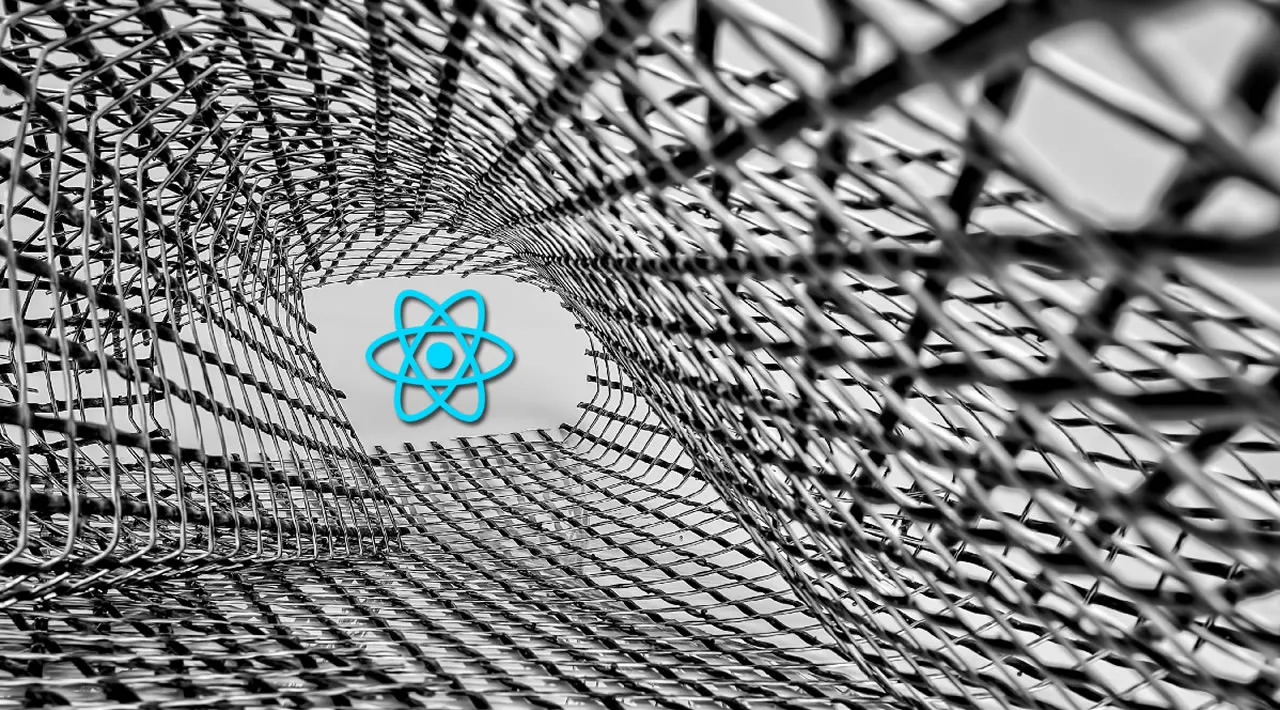If you are already building simple web apps with React and are looking to go the 3D route, then react-three-fiber is a go-to solution.
What is react-three-fiber?
As per their official documentation page:
react-three-fiber is a React renderer for three.js on the web and react-native
So what exactly is a renderer? Renderers manage how a React tree turns into the underlying platform calls. That means, we can build 3D artifacts in the form of reusable React components(staying in the React paradigm) and react-three-fiber will do the job of converting those components to the corresponding three.js primitives.
A brief intro to three.js
Now that we know that react-three-fiber is an abstraction on top of three.js, let’s spend some time getting to know what three.js is and what it does on the browser side that makes it a go-to solution when it comes to client-side 3D rendering.
Three.js is a wrapper that sits on top of WebGL (Web Graphics Library) and obfuscates all the bulk of the code that would be quite difficult to write yourself from scratch. To quote directly from the three.js documentation:
WebGL is a very low-level system that only draws points, lines, and triangles. To do anything useful with WebGL generally requires quite a bit of code and that is where three.js comes in. It handles stuff like scenes, lights, shadows, materials, textures, 3D math, etc.
With that understanding in place, let’s now get into understanding the core concepts of react-three-fiber.
#react #javascript #web-development #programming #developer
